can my plants survive late blight?
sheloolie
13 years ago
Related Stories
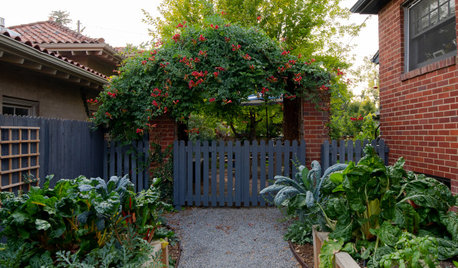
GARDENING GUIDES12 Edibles Perfect to Plant in Late Summer
Keep those homegrown vegetables and greens coming well into fall
Full Story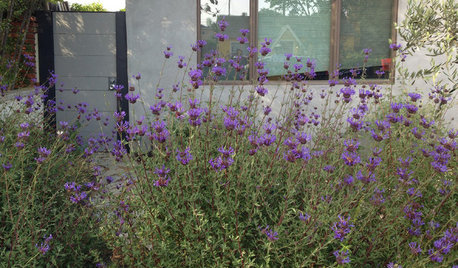
GARDENING GUIDES10 Late-Winter and Early-Spring Bloomers for the West
Tired of waiting for spring to arrive? Try these drought-tolerant, flowering plants for color that starts in late winter
Full Story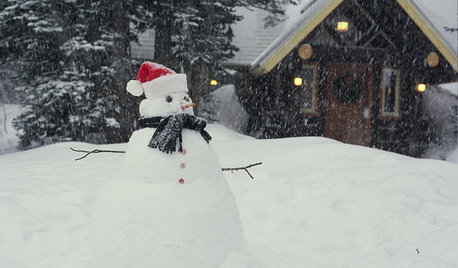
LIFEShare Your Winter Storm Jonas Photos and Survival Tips!
Let’s see your pictures and hear your ideas on how you’re keeping your house warm and staving off cabin fever
Full Story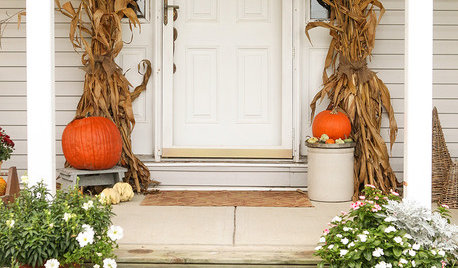
FALL AND THANKSGIVINGIt's Not Too Late to Decorate: Minimalist Fall Decor
No need to go all-out with autumn decorations. Nod to the season with just a few well-placed pumpkins and flowers
Full Story
GARDENING GUIDES9 Clay-Busting Native Flowers for Summer Sun
These plants survive and even thrive in tough clay soil east of the Rocky Mountains
Full Story
INSPIRING GARDENSWhat We Can Learn From Longwood Gardens’ New Meadow
Sustainability, ecology, native plant communities ... this public garden is brimming with lessons on horticulture for home gardeners
Full Story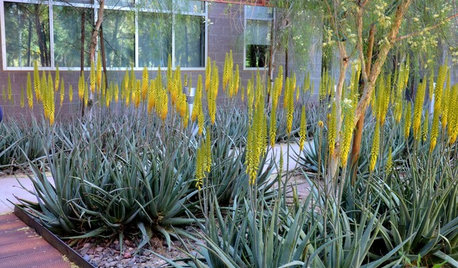
GARDENING GUIDESGreat Design Plant: Aloe Vera
Bright yellow flowering spikes decorate this popular aloe from late winter into spring, much to the delight of hummingbirds
Full Story
LANDSCAPE DESIGNSmall Garden? You Can Still Do Bamboo
Forget luck. Having bamboo that thrives on a wee plot just takes planning, picking the right variety, and keeping runners in check
Full Story
GARDENING GUIDESGreat Design Plant: Japanese Anemone
This autumn bloomer's showy white blossoms add spark to your late-season plant mix
Full Story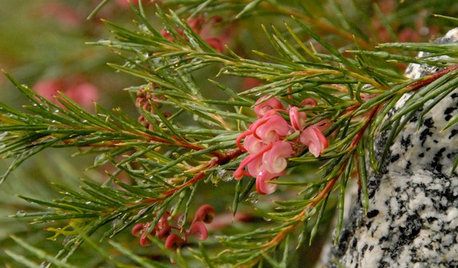
GARDENING FOR BUTTERFLIESGreat Design Plant: Noell's Grevillea
Late winter is prime showtime for this shrub's artful blooms, bringing color and cheer to coastal landscapes
Full StoryMore Discussions






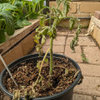
lionheart_gw (USDA Zone 5A, Eastern NY)
sheloolieOriginal Author
Related Professionals
Eden Prairie Landscape Architects & Landscape Designers · Kenmore Landscape Architects & Landscape Designers · Middle River Landscape Architects & Landscape Designers · Columbine Landscape Contractors · Concord Landscape Contractors · Downey Landscape Contractors · Eureka Landscape Contractors · Fishers Landscape Contractors · Fort Mill Landscape Contractors · Pahrump Landscape Contractors · Webster Groves Landscape Contractors · Wentzville Landscape Contractors · Highlands Ranch Siding & Exteriors · West Bloomfield Township Siding & Exteriors · Woodbridge Siding & Exteriors